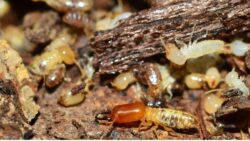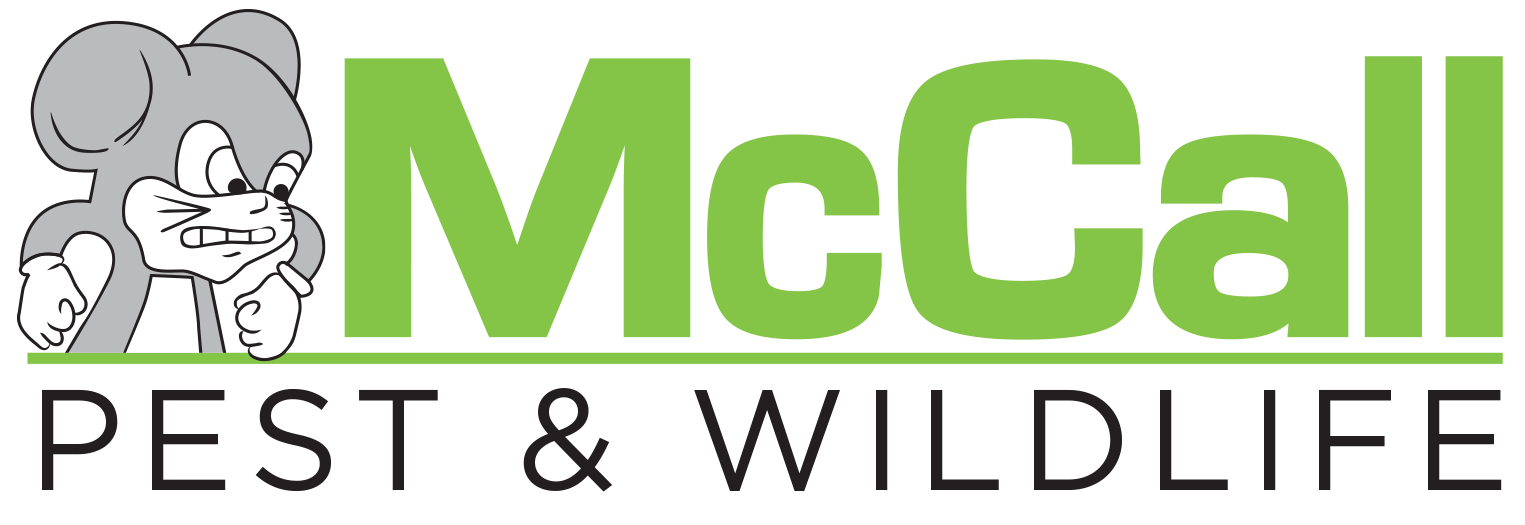Termites are one of the most destructive pests that homeowners in Florida face. These silent invaders can cause significant damage to your property if left unchecked. Understanding the types of termites found in Florida, recognizing the signs of an infestation, knowing what to do if you discover termites in your home, and taking proactive steps to prevent future infestations are key to safeguarding your property. This blog will provide an overview of pest control for termites, from identification to prevention, and help you understand how to protect your home effectively.
Pest Control For Termites
Types of Termites Found in Florida
Florida is home to several species of termites, each posing unique threats to homeowners. The most common types include:
- Subterranean Termites – The most widespread termite species in Florida, subterranean termites live in the soil and travel to wooden structures in search of food. They create mud tubes along foundations to protect themselves from the open air and moisture loss while traveling.
- Drywood Termites – Unlike subterranean termites, drywood termites do not need soil contact. They infest dry wood, including beams, furniture, and other wooden items within your home. Their presence is often detected by small piles of sawdust near infested areas.
- Formosan Termites – A particularly aggressive and destructive type of subterranean termite, Formosan termites are notorious for their large colonies and rapid damage to structures. They can cause significant damage in a very short time.
- Dampwood Termites – These termites are usually found in areas with high moisture levels. While less common in homes, they can still be a problem in areas with poor drainage or leaky pipes.
Signs of a Termite Infestation
Identifying termite activity early is essential to preventing long-term damage to your home. Some common signs of a termite infestation include:
- Mud Tubes: Subterranean termites build mud tubes on exterior walls, foundations, and other surfaces to travel between their nests and feeding sites. These tubes are about the width of a pencil and may be visible around the foundation or near windows and doors.
- Wood Damage: Termites eat wood from the inside out, often leaving thin outer layers intact. If you tap on wood surfaces and they sound hollow or crumbly, it may indicate termite damage.
- Sawdust or Frass: Drywood termites leave behind small piles of sawdust-like material called frass near their infested areas. This is a clear sign that drywood termites are at work inside the wood.
- Discolored or Peeling Paint: If the paint or wallpaper on your walls appears to be blistering or peeling, it could be a sign of moisture or termite damage beneath the surface.
- Swarming: Termite swarms typically occur in the spring, signaling that a colony has matured and is releasing winged termites to reproduce. If you notice a sudden influx of small flying insects, this could indicate a nearby colony.
What to Do if You Have Termites in Your Home
If you discover any signs of termite activity, it’s crucial to act quickly to minimize damage. Here’s what to do:
- Contact a Pest Control Professional: While DIY pest control for termites may seem appealing, it’s rarely effective in treating an existing infestation. A licensed pest control professional has the tools, experience, and knowledge to detect termite activity, assess the extent of the infestation, and apply effective treatments.
- Schedule a Termite Inspection: A termite inspection is essential to determine the level of infestation and identify potential entry points. Many pest control companies offer free or low-cost inspections to help you understand the severity of your termite problem.
- Consider Treatment Options: Once termites have been confirmed, your pest control provider will recommend treatment options. Depending on the type of termites and the extent of the damage, treatment may include:
- Liquid Termiticides: These chemicals are applied around the foundation of the home to create a barrier that kills termites when they come into contact with it.
- Termite Bait Systems: Bait systems attract termites, and when they consume the bait, it interferes with their ability to molt, ultimately killing the colony.
- Fumigation: For severe drywood termite infestations, fumigation may be necessary. This involves enclosing the home in a tent and releasing a gas that kills termites.
- Heat Treatments: This is a non-chemical option where the home is heated to a temperature that kills termites, often used for drywood termite infestations.
- Monitor for Activity: Even after treatment, ongoing monitoring is essential. Pest control companies may recommend installing monitoring stations around your home to detect future termite activity and provide early intervention.
How to Prevent Termites
Once your termite problem is under control, it’s important to take steps to prevent future infestations. Here are some effective ways to prevent termites:
- Remove Wood and Debris: Termites are attracted to wood, so removing firewood, wooden piles, and other debris from around your home can help reduce their attraction.
- Fix Leaks: Termites thrive in moist environments. Repair leaky pipes, roofs, and faucets, and ensure your gutters and downspouts direct water away from your home’s foundation.
- Seal Cracks and Gaps: Ensure that there are no cracks or gaps around windows, doors, and other entry points where termites can access your home. Seal these openings with caulk or other appropriate materials.
- Maintain Proper Drainage: Ensure your home is properly graded so that water flows away from the foundation. Excess moisture near your home can create an environment conducive to termite activity.
- Termite Inspections: Regular termite inspections from a professional pest control service can help detect signs of termite activity early before significant damage occurs.
- Pest Control Services: Residential pest control services often include termite prevention in their regular maintenance. This proactive approach can save you from the high costs associated with major termite damage.
Is Pest Control Effective for Termites?
Yes, pest control services are highly effective for termites when administered by professionals. The key to effective termite treatment lies in the choice of method and its application. DIY pest control for termites is not recommended because it may only provide a temporary solution and fail to address the root cause of the problem. Professional services are tailored to your home’s unique needs and ensure that the treatment targets the termites’ nests and colonies for long-lasting results.
Termites are a serious threat to homes in Florida, and their presence can result in expensive damage if not dealt with promptly. By understanding the types of termites in Florida, recognizing the signs of an infestation, and enlisting professional pest control services, you can protect your home from the devastating effects of these destructive pests. Preventative measures like regular termite inspections, eliminating moisture sources, and maintaining a strong foundation can help prevent termites from returning. If you suspect termite activity in your home, don’t wait—contact a pest control company today to schedule a termite inspection and ensure your home remains safe from these silent invaders.


